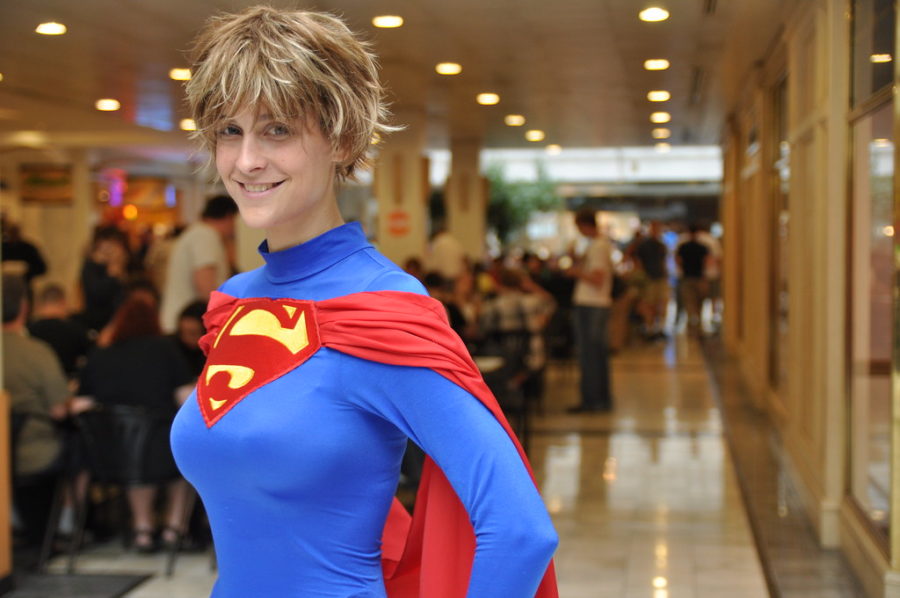Appropriated insensitive costumes mock cultures
Appropriated Halloween costumes must be avoided to respect identity’s and cultures.
October 30, 2021
Halloween entails an overload of candy, one too many pumpkins, and creepy decorations. But when it comes to costumes, where should we draw the line?
Cultural appropriation, by definition, is the adoption of another culture’s customs, practices, clothing or ideas by a more ‘dominant group of people.’ With Halloween right around the corner, it is vital to choose a non-offensive costume.
The reason so many Halloween costumes are harmful is because of the negative stereotypes being portrayed. Dressing as a Native American with feathers and tribal tattoos, for example, undermines the oppression and violence Native Americans faced during that time when that clothing was worn.
Celebrities have had a fair share of appropriating cultures, from blackface to bindis. Kim Kardashian faced backlash when she wore “Bo Derek braids”, model Karlie Kloss walked a runway in a Native American headdress and revealing outfit, and Katy Perry dressed as a geisha, among others.
Although they have apologized, many have had repeated offenses, explaining that they did not know it was harmful as their reasoning. Not knowing a costume is harmful does not excuse the action of wearing it in any way; it does not take back the hurt a community has felt from their identity being worn like a costume. Thus, it is best to stray away from any costumes that are even close to mocking a culture or enforcing a derogatory stereotype.
If one has any doubt on whether or not their Halloween costume is cultural appropriation, it likely should not be worn. Although one may have intentions of honoring another culture, it may come off as cultural appropriation rather than appreciation. “Intent matters, but intent is not evident to people around you,” English teacher Eleanor Simpson said.
With recent events and discourse, many issues concerning minority injustice have been brought to light. That being said, many are hopeful that these events have urged people to be more conscious and more respectful towards other cultures. “…I’m very optimistic. And so I think, especially among young people, there is that increased awareness. So, I suspect we’ll see less of the culturally appropriated costumes,” Simpson said.
Some examples of common costumes that are racially insensitive and should be avoided include: Arab sheik costume, Mexican-imitating costumes such as wearing sombreros, and costumes involving a hijab, or cornrows. “Playing with identity is an important piece. At the same time we have to realize that we have to respect people from all cultural backgrounds and all walks of life.” social studies teacher Todd Stillman said.
This Halloween, and for future Halloweens to come, keep in mind the hashtag #mycultureisnotyourcostume and dress with respect.




